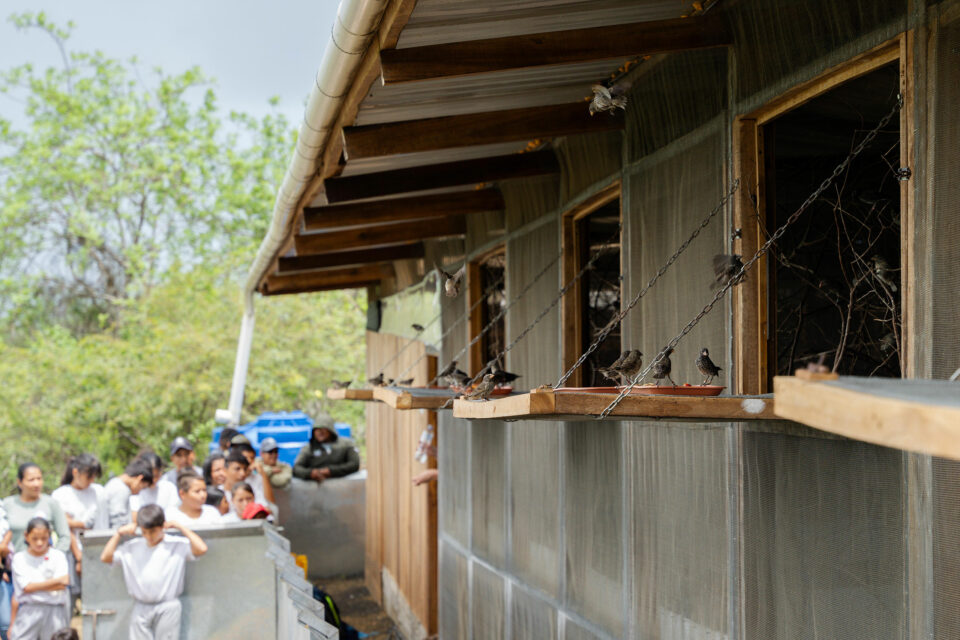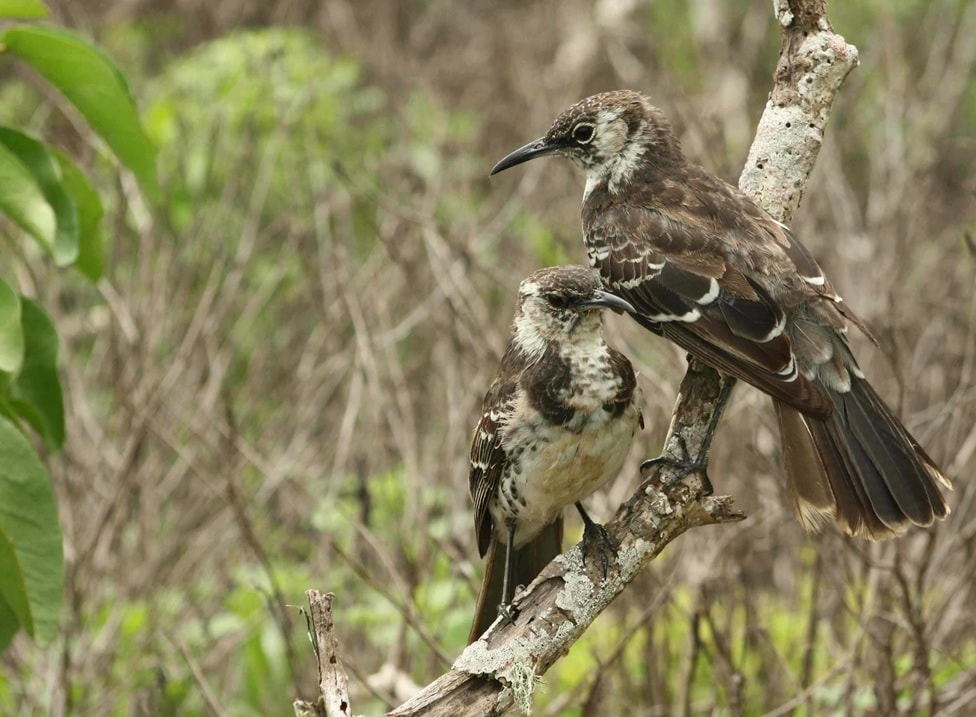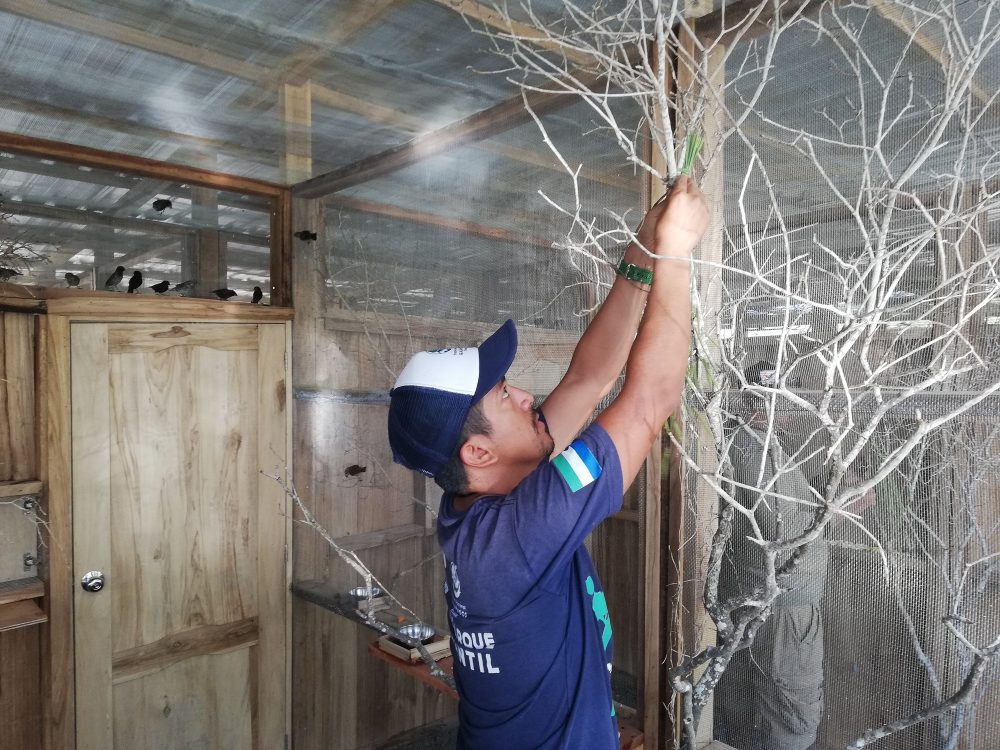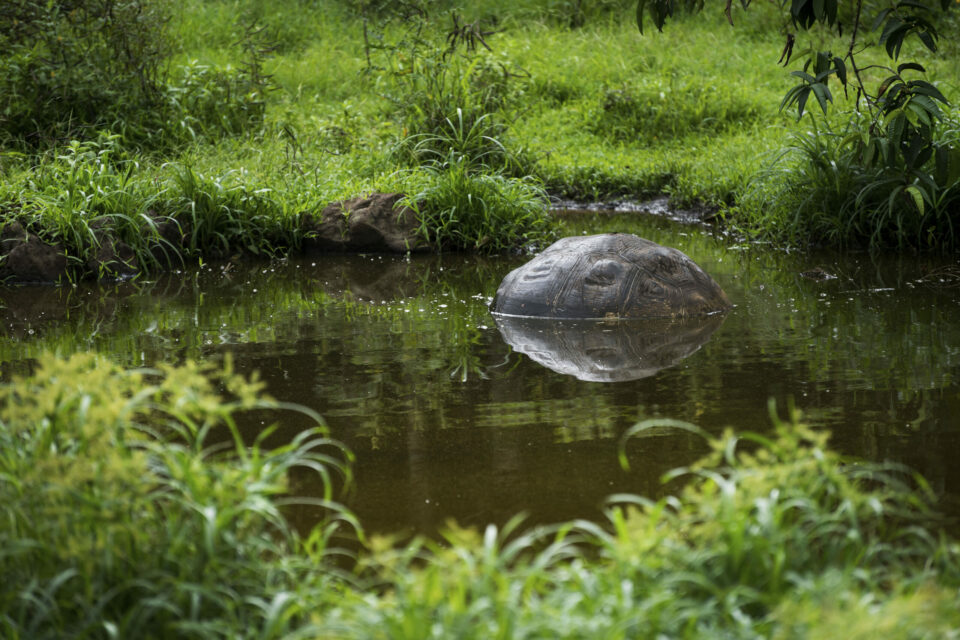

Protecting Floreana’s finches – Restoring Floreana update
Our partners on the Restoring Floreana programme have started trials to determine how best to protect these, and other native species found on the island, from poison bait when the eradication section of the programme occurs to remove invasive mammals.
Floreana island has a number of finch species ranging from the common small ground finch, to the very rare medium tree finch. Our partners on the Restoring Floreana programme have started trials to determine how best to protect these, and other native species found on the island, from poison bait when the eradication section of the programme occurs to remove invasive mammals.
Floreana island, in the south of the Archipelago, is the sixth largest Galapagos island and home to a small human population of around 140 people. While known for its amazing and rare biodiversity, many native and endemic species on Floreana are under threat from invasive predators, including rats, mice and cats, which were first introduced to the island around 150 years ago when human settlers first arrived.

The critically endangered medium tree finch is one of the potential at risk species from the baiting phase of the programme © Prof W G Hale
The impact of invasive species on local wildlife has been devastating; 12 species have already gone locally extinct, including the Floreana mockingbird and Floreana racer snake, and a further 55 species are on the IUCN Red List – with two of these listed as Critically Endangered. For species that have suffered local extinction, we are fortunate that they survive on neighbouring islands and small islets off the coast of Floreana.
In an attempt to restore Floreana island’s incredible biodiversity, an eradication programme led by our partners at the Galapagos National Park and Island Conservation will take place to remove invasive predators. This is a world-first attempt to undertake an eradication on a large and inhabited island, and involves extensive planning and research focused around three major areas of work; mitigation, eradication and reintroduction. Fortunately, the local community is on board to support the programme as they not only feel a responsibility to preserve their island’s biodiversity, but invasive species have also impacted on tourism and agriculture – both essential contributors to this community’s economic development.
The eradication itself is planned for 2021 and involves the dispersal of poisoned bait on Floreana. Our partners at The Durrell Wildlife Conservation Trust are supporting Island Conservation on the delivery of vital mitigation activities to minimise the impact of the eradication on the island’s native wildlife. To date, preparations have included a review of the local wildlife that is potentially at risk from the baiting phase, as well as recommendations for strategies to protect these species, i.e. in captive holding facilities.

The Floreana mockingbird is one of the locally extinct species the team aims to reintroduce to the island once invasive mammals have been removed © Luis Ortiz-Catedral
For the small and medium ground-finches, common cactus-finch, and small and medium tree finches, it has been proposed that a small, genetically representative number of each species are held in captivity in on site aviaries for the duration of the eradication. Due to uncertainty around the temporary holding of birds that are not widely kept in captivity, a trial phase was run, as well as to determine the husbandry requirements, diets and the stocking densities for each species to be held in the aviaries during the baiting phase.
Durrell’s Mitigation Manager, Rowland Digby, recently reported that “we have identified the numbers [of birds] that can live peaceably together and in good health, additionally identifying many of the specific dietary requirements and preferences of the birds, with over 90% of this being obtained from the island of Floreana itself”. They are also attempting to train the birds to land on weighing scales for a food stimulus, to get an idea of their weight and general condition.

A park ranger putting out food for the finches in their aviary © Roland Digby/Durrell Wildlife Trust
The Floreana community and National Park rangers have an essential role to play in the mitigation activities too, including building and management of the aviaries and basic husbandry and monitoring. Ultimately, their involvement will help develop local skills and build capacity in Galapagos.
How to help Floreana’s finches and other wildlife?
Donate towards the Floreana programme or why not adopt a Floreana mockingbird today! Alternatively become a GCT member to commit long term support and in return receive our biannual magazine for updates from this project and others.
Related articles


Double your donation to rewild Galapagos with the Big Give


